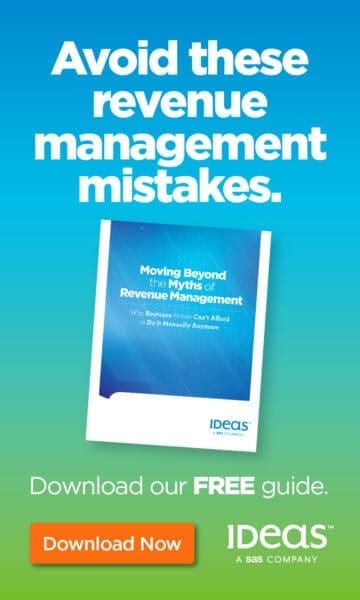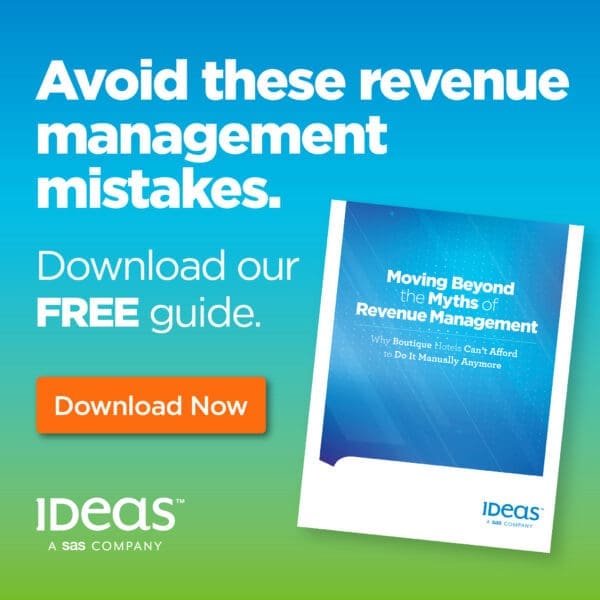 There is a critical understanding that all hospitality financial leaders need to clearly understand and communicate when it comes to expenses. It is a simple distinction that is many times missed or not clearly understood. That is what this piece is all about: Clearing up the mystery and setting the expense record straight. Here’s the scoop!
There is a critical understanding that all hospitality financial leaders need to clearly understand and communicate when it comes to expenses. It is a simple distinction that is many times missed or not clearly understood. That is what this piece is all about: Clearing up the mystery and setting the expense record straight. Here’s the scoop!
That was quite a mouthful, and I do not want to downplay the importance of the need to understand the difference and impact of material and immaterial expenses on the monthly profit and loss statement. The materiality refers to the significance of the expense item in the context of the financial statements. Our industry is unique in many ways and so is the application of this contrast. In plain English, for a certain expense it is the difference between a short life and a longer life. At the same time, it almost always revolves around the distinction of low price and high price.
You see, in order to efficiently manage our books – the accounting system – we need to carefully pick and choose which items go where in their journey through our system.
There are two options: straight to PNL vs first to balance sheet
Option one is straight to the profit and loss statement, effectively bypassing the balance sheet. The second one is the opposite, where an item or group of items is booked at first to the balance sheet and then as the item is consumed it moves to the profit and loss statement.
Another aspect that must be considered (and there is no hard and fast rule) is whether an expense is considered material if it is large enough to influence the decisions of users of the financial statements. The materiality of an expense can also be influenced by the size of the hotel. For a small hotel, a $100 expense could be material, while for a large hotel, it would likely be immaterial.
Let’s look at two examples that I love to use in my workshops: toilet paper and tequila.
Toilet paper is relatively cheap compared to, let’s say, George Clooney’s brand of tequila. So, when we buy toilet paper it gets expensed directly and immediately, bypassing the balance sheet and it goes straight to the profit and loss statement. It is in that group of other like expenses in the hotel that we buy frequently. It is relatively inexpensive by itself and not many people will covet it enough to want to take it home in their suitcase or backpack. (Although some will.) So, it is deemed immaterial and – this is the important part – it gets expensed in its entirety when it is received at the hotel.
Knowing this fact, we want to buy what need and not fill up the storeroom just because it is on sale this week. Know what I mean? We also do not typically lock up and control the toilet paper like we should for something like tequila.
Ok, let’s move to the fun stuff: the tequila. A bottle of George’s brand Cask Cartel will set you back $70-90. It is really tasty! It is also very desirable by most guests and staff so we want to take extra measures to account for it and control its stay with us.
That is material.
Another aspect that makes the tequila material is we use it to make drinks that we sell for five-10 times what it costs us. Have you ordered a margarita lately?
When the tequila arrives, we want to double check the quantity and price. Then we place it in the control of the storeroom where it is locked up and only gets released when we get the proper paper work, i.e., a requisition from the bar, banquets, or the dining room. We probably get an empty bottle in exchange for the full one and this process triggers a three-step action in our books.
Step one: we record the tequila purchase on the balance sheet in the liquor inventory account. This is an important aspect as some items move very slowly so the value remains on the balance sheet until the item is used, no matter how long it takes.
Step two: we take inventory at the end of the month and the adjusting amount gets reduced in the liquor inventory.
Step three: COS. That amount gets recorded as “cost of sales” expense on the profit and loss statement.
In your hotel there exists a list of sorts, maybe not in writing but a clear list of what is a direct expense item and what gets recorded first on the balance sheet. If you are new and you do not know what is on each part of the list, then ask!
This distinction is the very essence of the material and immaterial nature of those expenses in your hotel. It may differ somewhat from hotel to hotel. That is okay but once we make our separation, we want to ensure all of our managers know what is on the two sides of the list and why.
This is how we do it in the hotel world. It is also important to realize that other industries look at it differently. Automobile manufactures, for example, probably expenses that case of tequila they just bought because it just went to the chairman’s office closet for drinks later and that truck load of tires in turn hits the balance sheet first.
Knowing and applying this distinction makes you light on your feet as a manager because you know the scoop!




























